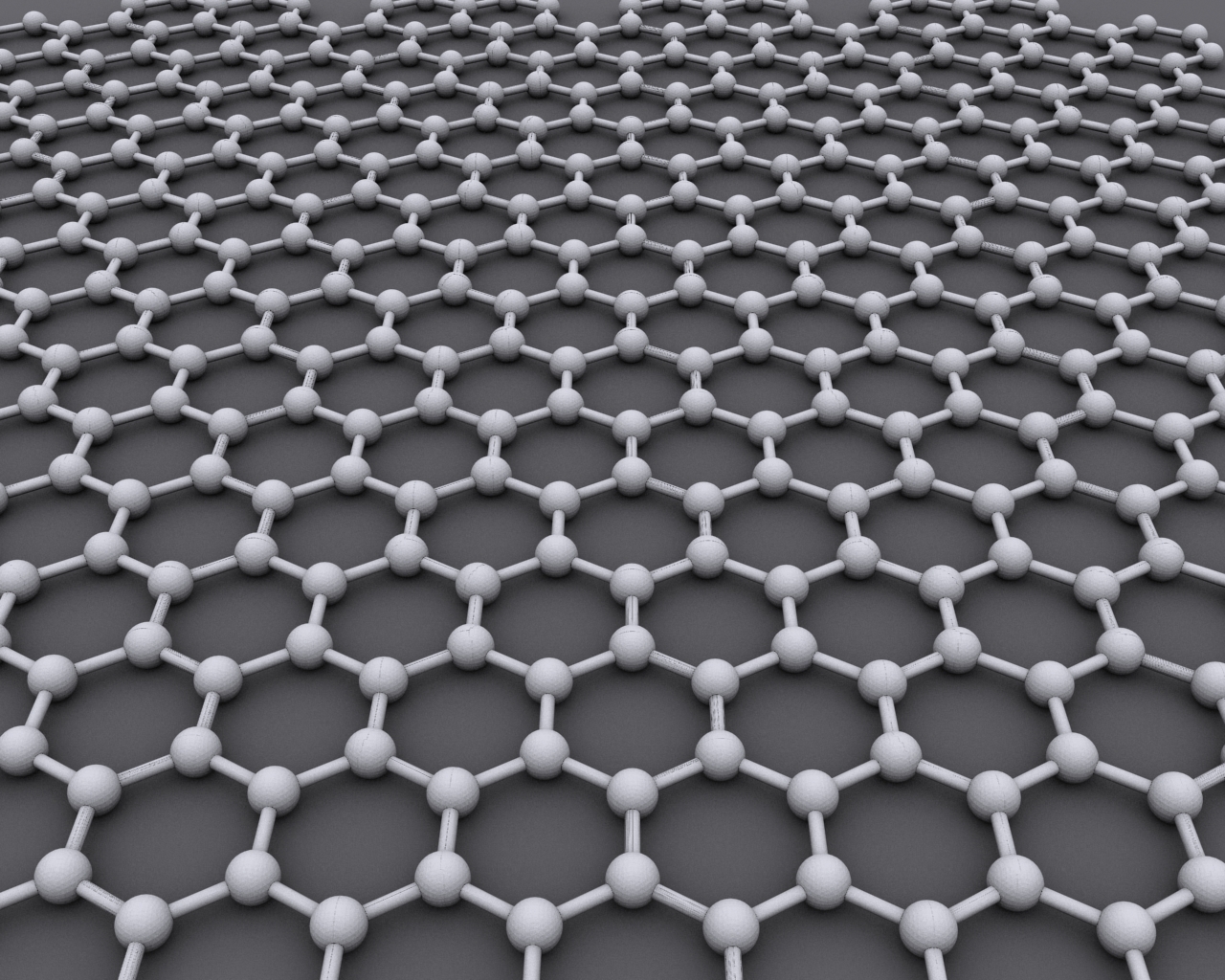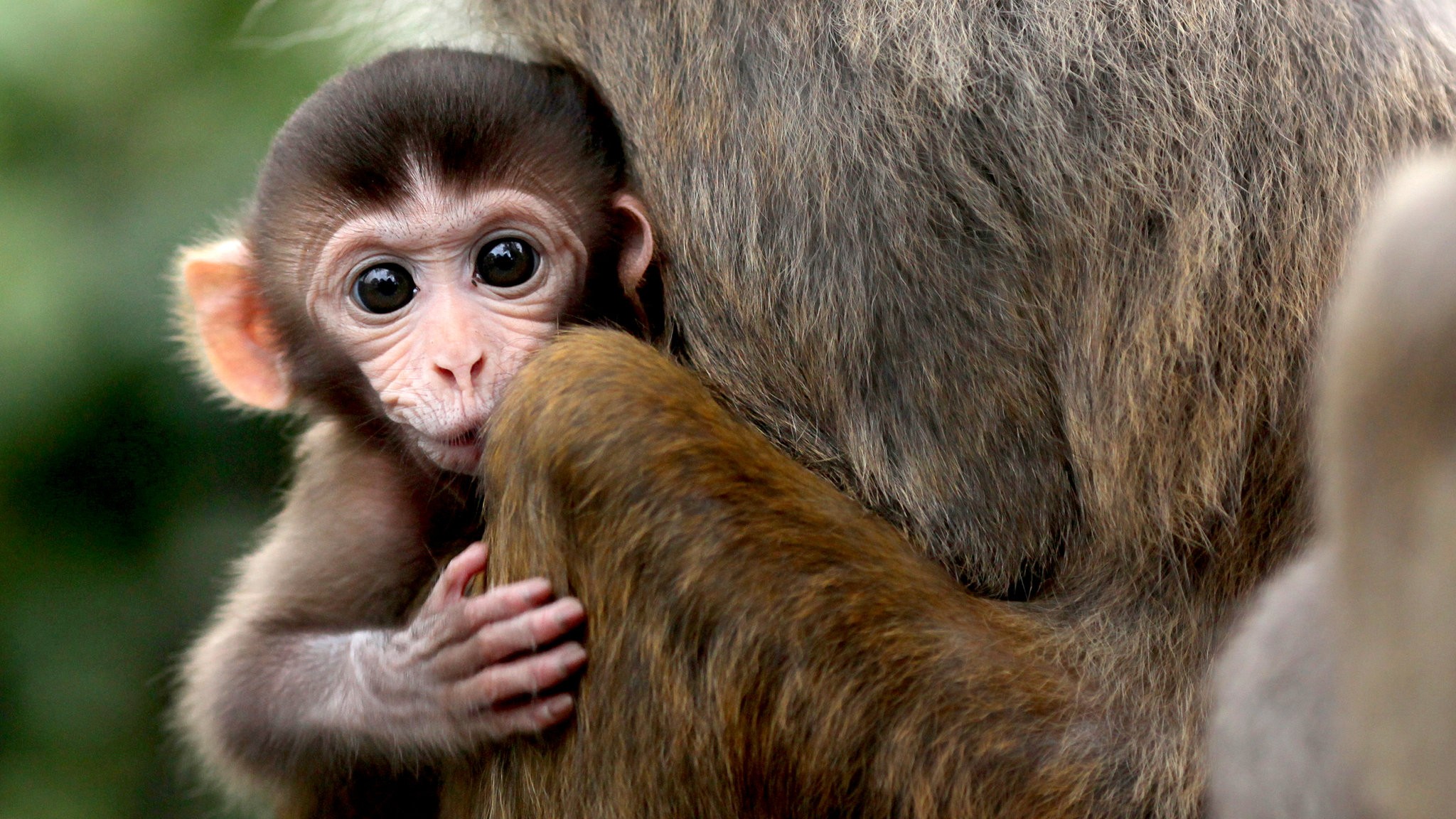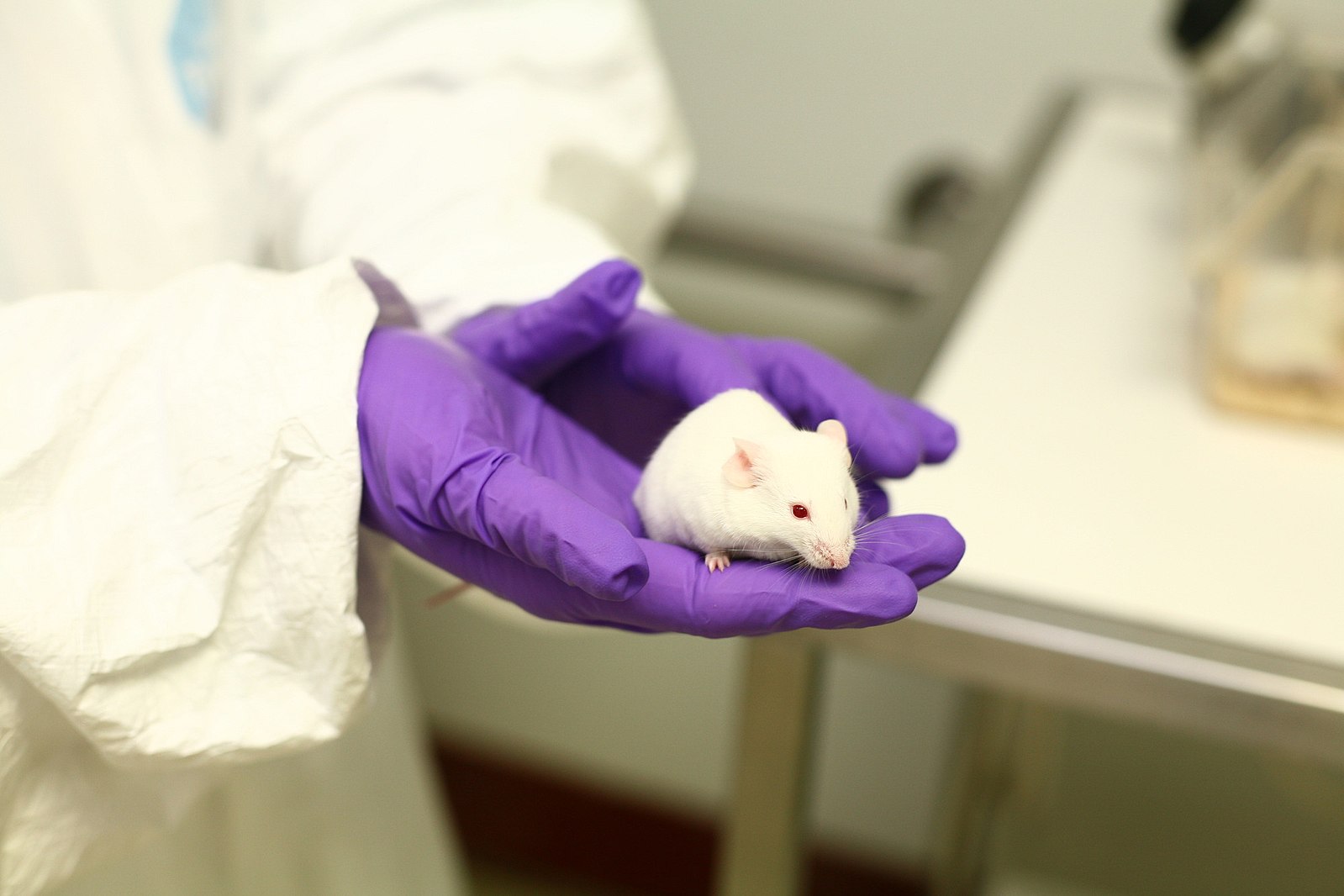-
Superconductivity at “Magic Angles”

by Meera Aravinth Graphite, otherwise known as pencil lead, is an everyday material that most people never think about twice. For physicists, however, this mundane item has been a gateway to an interesting exploration of 2D materials and their properties. Graphene is a single layer of carbon atoms and can be formed by using Scotch…
-
Wave Goodbye to that Coastline

by Ethan Ward Climate change is a topic that is discussed constantly, but rarely from a non-politicized lens. The work of climate scientists is to study global trends in how the atmosphere interacts with itself as well as other systems (hydrosphere, cryosphere, etc.) and make predictions on what they find, not to dictate policy. The…
-
Caloric Restriction Study on Rhesus Monkeys Shows Promise in Aging Research

by Sharon Binoy In the age of ever-changing diet fads guaranteed to help you lose as much weight as possible in the least amount of time, research is shedding light on a new kind of diet that could improve your health in the long term- caloric restriction. According to the National Institute of Aging, caloric restriction…
-
Estrogen plays a role in making bones weaker in females, but this is good news for scientists?

by Xandria Ortiz New research suggests that estrogen signaling prevents the formation of stronger bones. This research was conducted by associate professor Dan Nomura of UC Berkeley’s Nutritional Sciences and Toxicology department, and it has only been conducted on mice. The hormone estrogen and its respective signaling system regulates energy expenditure to allow for optimal reproductive…
-
Wanna Play with Color Perception?

By Devina Sen We’ve seen the posts on Instagram, the boomerangs on Snapchat story, and even the special effects in the latest blockbuster films. A person casts multiple colored shadows. A steady camera captures a flickering light revealing a object to be of two drastically different colors or shapes. Light has been an object of…
-
Same-sex offspring

By Mellisa Mulia Perhaps there is a new way of creating life that does not require a male and a female, through the usage of CRISPR-Cas9 technology. This enables geneticists and medical researchers to edit parts of the genome by altering the DNA sequence, making the birth of an offspring from two males or two females…
-
Materials Science for the New Generation

Interview with Professor Alessandra Lanzara By Stuti Raizada and Melanie Russo An outstanding quantum materials scientist, Alessandra Lanzara is also a lover of sustainability and teaching for the greater good. Her research uses Angle-Resolved Photoemission Spectroscopy (ARPES) to study the electronic and magnetic properties of the unusual ground states of novel materials and further understand…
-
AI’s Ethical Impact

By James Jersin The mathematician Vernor Vinge defined singularity as, a “sudden explosion of intelligence the ‘technological singularity,’ and thought that it was unlikely to be good news, from a human point of view.” In other words, when AI can think faster than people. And Patrick Tucker asks, “if computer power advances beyond our control,…
-
We’re in the Dark, Why Does It Matter?

By Ethan Ward Dark matter is one of the most elusive mysteries in science. It’s incredible that for all we seem to know about our universe, it’s only the tip of the iceberg. While ordinary matter makes up about 4% of the universe, the other 96% is composed of dark matter and dark energy, making…
-
Mice Parental Exercise May Positively Impact Offsprings’ Health

By Saira Somnay In the past, it has been scientifically proven that parents’ poor dietary and exercise habits can negatively affect their offspring. The most known examples of this include obese pregnant mothers’ children having a higher risk of becoming obese and the offspring of males who ate high-fat diets exhibiting characteristics of type 2…